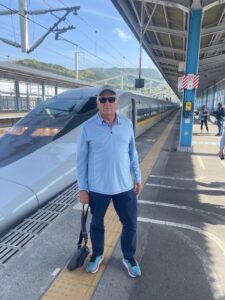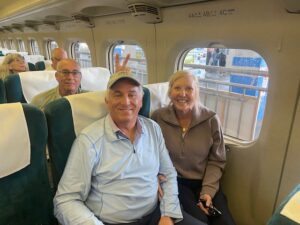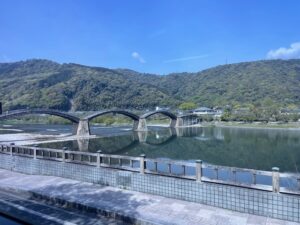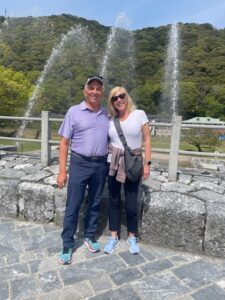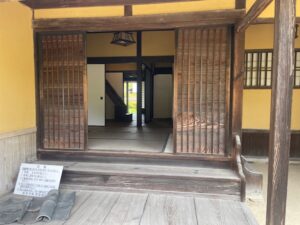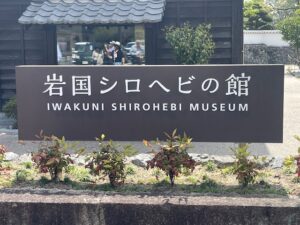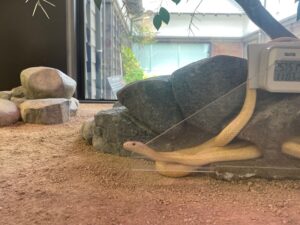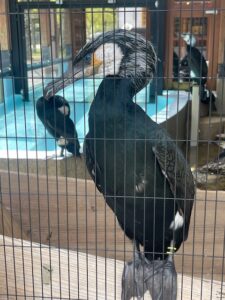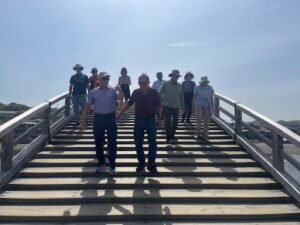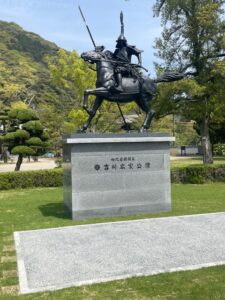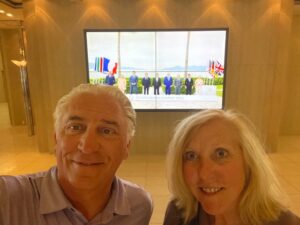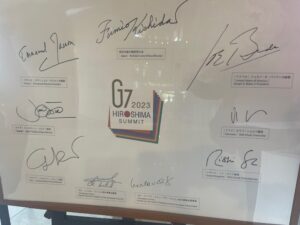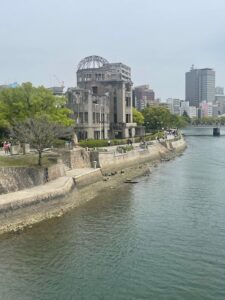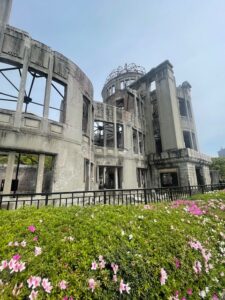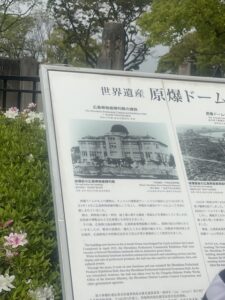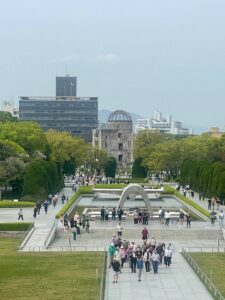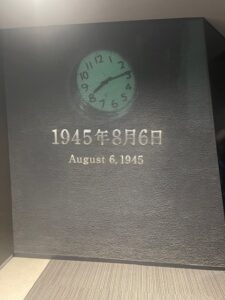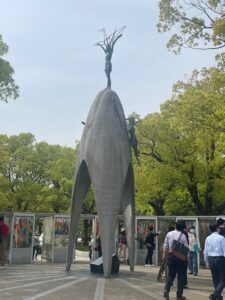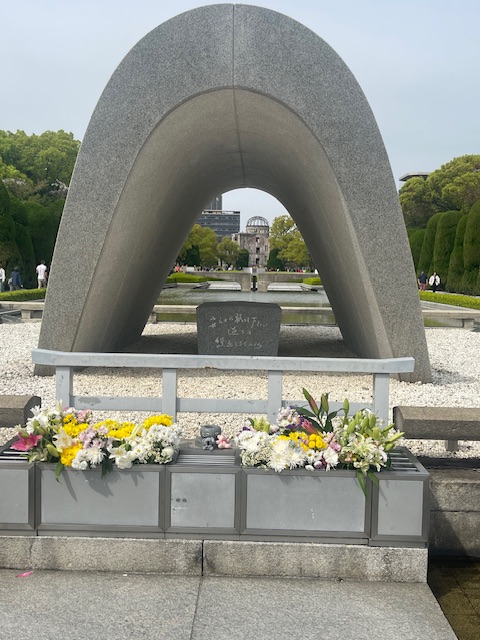
Hiroshima is a city located in southwestern Honshu, Japan. It is the capital of Hiroshima of Hiroshima prefecture and is situated on the delta of the Ota River which divides it into several islets. The city has an estimated population of 1.2 million. Hiroshima is an industrial city of wide boulevards, crisscrossing rivers (six in all) and a dense city center.
Hiroshima is known for being the first city in the world to be struck by an atomic bomb on August 6, 1945. I don’t even know how to describe what we experienced in Hiroshima. While everyone has likely heard about, read about, or watched documentaries describing the events surrounding Hiroshima, nothing had prepared me for the day we spent there. The city has become a symbol of peace and hope, with the Hiroshima Peace Memorial Park and the Atomic Bomb Dome serving as reminders of the tragedy. It was much like the feelings I had when viewing the 9/11 Memorial and Museum in NYC. Both left me feeling that the aftermath and destruction, along with the loss of life and all that followed for the families of loved ones and the community, could be justified in any way. The historical pictures and seeing it with one’s own eyes will be life changing for me. While I knew this about myself and chose to not partake in that opportunity in Nagasaki, I couldn’t have predicted the emotion I experienced. The museum was packed with visitors and the silence inside was remarkable. You could have heard a pin drop. I cried on the 20 minute bus ride back to the pier and most of the rest of the night. It caught me off guard and will stay with me forever. My only thought is that those making that kind of decision, see the result, learn from the past and think about the cost.
Prior to the Memorial Park and Museum, we left the ship and were transported to the train station in Hiroshima. We rode the Bullet Train to Shin-Iwakuni station. I had done so about 40 years ago from Tokyo to Kyoto and it was just as thrilling then as now. The bullet train travels at a speed of 168 mph and reaches a top speed of 185 mph. You cannot believe how quickly this thing moves. We were taking photos at the station when another train that wasn’t stopping blew through the tracks we were waiting on and it absolutely screamed by us. It is quiet on approach and the sound it makes in passing and the wind it creates is like nothing I had experienced prior.
From our arrival station we drove to the Kintai Bridge, which spans the Nishiki River. One of Japan’s three great bridges, this one features a famous design of five wooden arches. It measures more than 700 feet in length, which is quite a feat given that it was first constructed in 1673. It was rebuilt in 1953 after a typhoon destroyed the original. On the other side of the bridge was Kikko Park, former home of feudal lord Daimyo Kikkawa, and home to traditional residences built by the Samurai class. We also visited the Iwakuni Shirohebi Museum to see the white snakes native to the area and the Cormorants trained to fish in the area.
Afterward, we went to the Grand Prince Hotel, Hiroshima, where we enjoyed a bento box Japanese lunch. This hotel was home to the G7 Summit in 2023. The hotel was very proud of the fact that they were host last May to dignitaries across the world. I’ll post a picture of those in attendance for anyone interested in seeing the who’s who of that summit.
The rest of the tour led us to the middle of the city of Hiroshima and the area that was decimated by the atomic bomb. A large several block area has been turned into a lovely park honoring and remembering those lost. The picture above depicts the dome, the eternal flame and the vault in the forefront that holds 339,227 names of those lost in the aftermath of the bombing of Hiroshima. I pray that our world will never experience anything like this again in its history.
